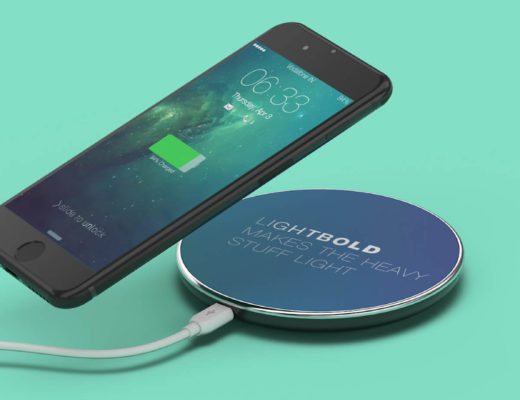Have you ever had to deal with speed-related issues when using a USB interface? I’m sure you probably have: nowadays, these peripheral tools have become vitally important.
However, a low read and write speed will very often slow down processes and test our patience.
This probably happens because you’re still using 2.0 technology and didn’t know that there is a solution to this problem, and it’s called USB 3.0.
USB 3.0 technology has revolutionised the external memory drive market, and that’s not all.
Using USB 3.0 technology can provide you with great advantages in terms of performance.
What advantages?
Let’s take a look at them in more detail:
- Data transfer speed.
This is the main advantage: in terms of numbers, we’re talking about a speed that is ten times faster than USB 2.0 technology.
Peripheral electronic devices that communicate using USB 3.0 technology are literally faster. The speed is equal to 600 megabytes per second.
However, it must be noted that such speeds can only be reached if the USB port being used supports this technology.
Aesthetically, there is a way to distinguish between a 3.0 and a 2.0 port or connector. The contacts base on the inside is blue, whereas for the latter it is white. - Compatibility.
Cables and flash drives that use 3.0 technology are backwards compatible, which means that they can easily be used with USB ports that have 2.0 technology. - Considerable energy savings.
This happens because any connected devices that aren’t being used to send or receive data automatically go into sleep mode, and so they consume very little energy.
Due to these three advantages and the other benefits that come with them, it is inevitable that USB 3.0 technology will become increasingly successful.
Search for USB flash drives with 3.0 technology in Maikii’s catalogue and you will find 4 models available:
- Twister Rubby, the all-time favourite model
- Color Card, a USB that is thin and compact like a credit card
- Easy, a classic model available in shiny or rubberised plastic
- Chic, essential design with ultra-small measurements.



